Constellations
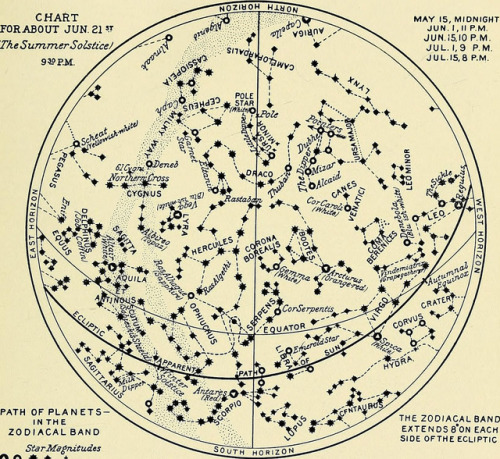
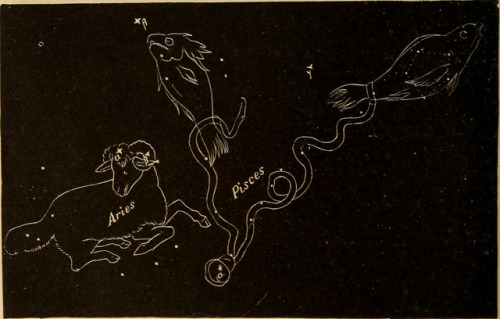
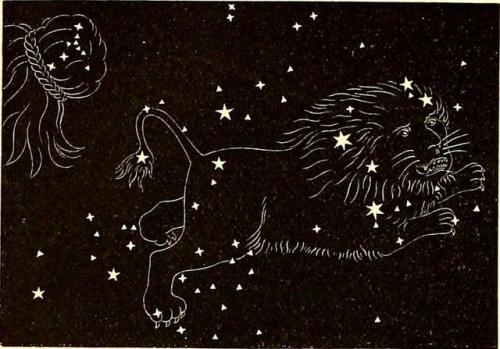
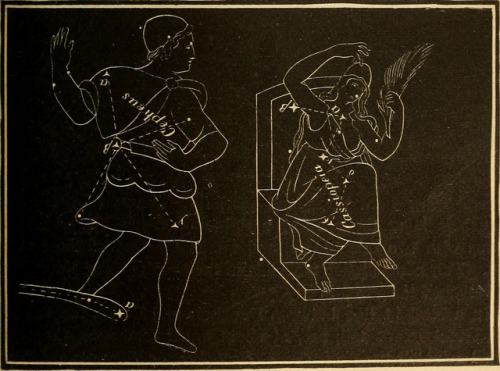
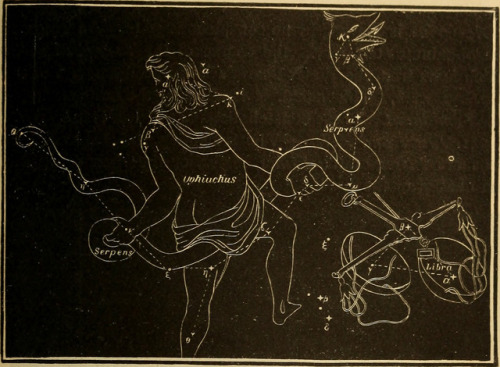
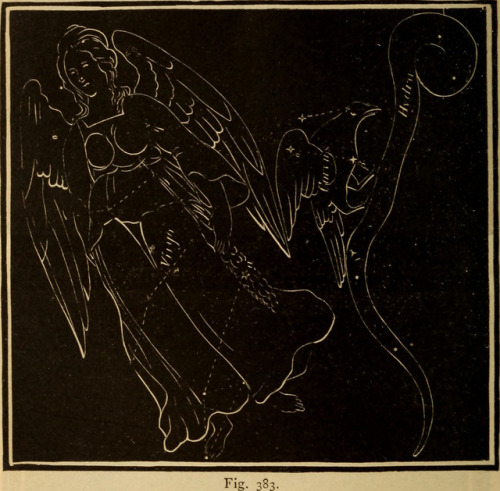
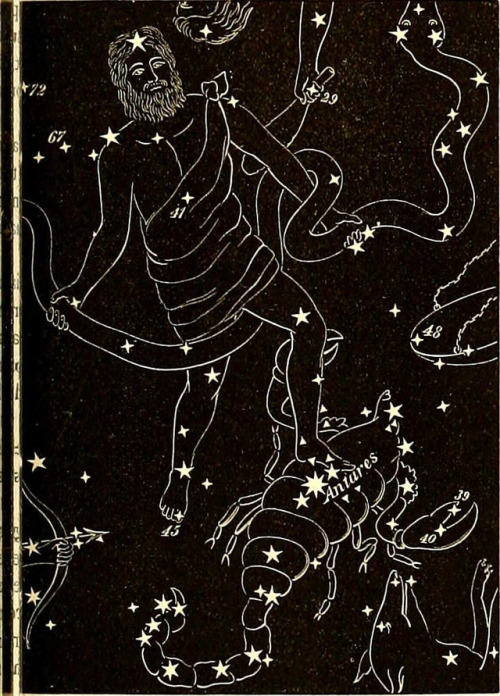
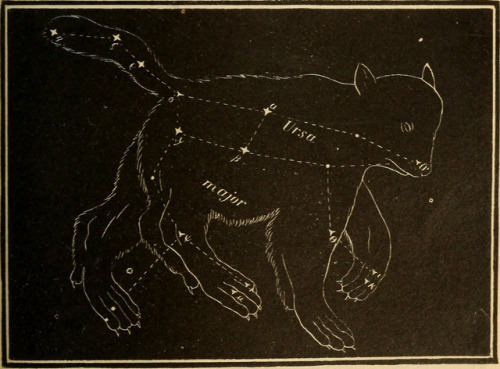
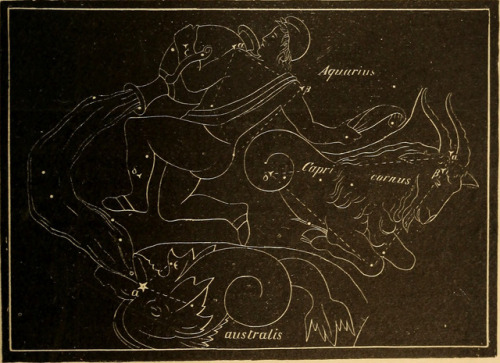
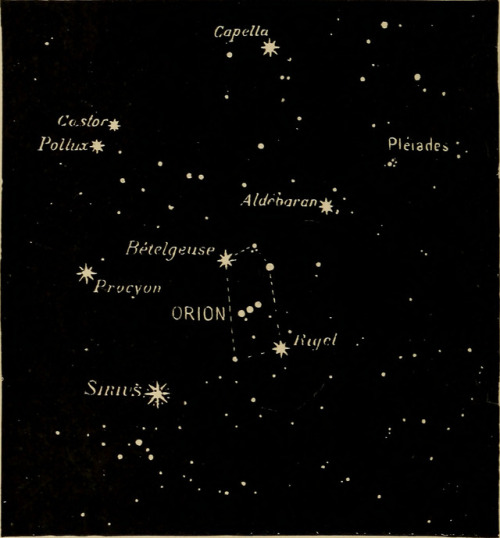
Constellations
A constellation is a group of stars that are considered to form imaginary outlines or meaningful patterns on the celestial sphere, typically representing animals, mythological people or gods, mythological creatures, or manufactured devices. The 88 modern constellations are formally defined regions of the sky together covering the entire celestial sphere.
Origins for the earliest constellations likely goes back to prehistory, whose now unknown creators collectively used them to related important stories of either their beliefs, experiences, creation or mythology. As such, different cultures and countries often adopted their own set of constellations outlines, some that persisted into the early 20th Century. Adoption of numerous constellations have significantly changed throughout the centuries. Many have varied in size or shape, while some became popular then dropped into obscurity. Others were traditionally used only by various cultures or single nations.
The Western-traditional constellations are the forty-eight Greek classical patterns, as stated in both Aratus’s work Phenomena or Ptolemy’s Almagest — though their existence probably predates these constellation names by several centuries. Newer constellations in the far southern sky were added much later during the 15th to mid-18th century, when European explorers began travelling to the southern hemisphere. Twelve important constellations are assigned to the zodiac, where the Sun, Moon, and planets all follow the ecliptic. The origins of the zodiac probably date back into prehistory, whose astrological divisions became prominent around 400BCE within Babylonian or Chaldean astronomy.
In 1928, the International Astronomical Union (IAU) ratified and recognized 88 modern constellations, with contiguous boundaries defined by right ascension and declination. Therefore, any given point in a celestial coordinate system lies in one of the modern constellations. Some astronomical naming systems give the constellation where a given celestial object is found along with a designation in order to convey an approximate idea of its location in the sky. e.g. The Flamsteed designation for bright stars consists of a number and the genitive form of the constellation name.
source
images
More Posts from Carlosalberthreis and Others
Nessa semana, aqui em Parintins, costuma ser bastante movimentado.
Porém, devido a pandemia, quando eu fui comprar pão no final da tarde de ontem. Eu percebi que a cidade estava irreconhecível... Sem visitantes, sem sons de toadas, sem alegorias.
Feliz Natal! 🤩⛪✝️


Em um final de tarde próximo à igreja São Benedito, observei no horizonte este cenário. 🌅
Aconteceu neste dia um pôr do sol típico da amazônia e também uma conjunção entre a Lua e os planetas Vênus e Mercúrio.
Um detalhe que eu enfatizei foi esta árvore, que no início fiquei pensativo, se eu registrava ou não estas imagens. Após algum tempo, decidi então tirar umas fotos, pois, lembrei do seguinte pensamento:
💭 Tudo o que enxergamos ao nosso redor, nunca mais vai se repetir. É um evento único. Que ficarão em nossas memórias.
Meses depois, soube que esta árvore, talvez do tipo flamboiã ou similares, não estava mais nesse local. Pois, iniciaram obras de contenção de erosão na orla onde esta árvore ficava.
Com isso, talvez foram os últimos registros desta árvore ainda viva. 🌳
📅 Data de registro: 5 de agosto de 2024 às 18:22
More Than Just Drawings
Artist and graphic designer Mike Okuda may not be a household name, but you’re more familiar with his work than you know. Okuda’s artistic vision has left a mark here at NASA and on Star Trek. The series debuted 50 years ago in September 1966 and the distinctive lines and shapes of logos and ships that he created have etched their way into the minds of fans and inspired many.
Flight Ops

The Flight Operations patch has a lengthy history, the original version of which dates to the early 1970s. Having designed a version of the patch, Okuda had some insights about the evolution of the design.
“The original version of that emblem was designed around 1972 by Robert McCall and represented Mission Control. It later changed to Mission Operations. I did the 2004 version, incorporating the space station, and reflecting the long-term goals of returning to the Moon, then on to Mars and beyond. I later did a version intended to reflect the new generation of spacecraft that are succeeding the shuttle, and most recently the 2014 version reflecting the merger of Mission Operations with the Astronaut Office under the new banner Flight Operations.”
“The NASA logos and patches are an important part of NASA culture,” Okuda said. “They create a team identity and they focus pride on a mission.”

In July 2009, Okuda received the NASA Exceptional Public Service Medal, which is awarded to those who are not government employees, but have made exceptional contributions to NASA’s mission. Above, Okuda holds one of the mission patches he designed, this one for STS-125, the final servicing mission to the Hubble Space Telescope.
Orion

Among the other patches that Okuda has designed for us, it one for the Orion crew exploration vehicle. Orion is an integral of our Journey to Mars and is an advanced spacecraft that will take our astronauts deeper into the solar system than ever before.
Okuda’s vision of space can be seen in the Star Trek series through his futuristic set designs, a vision that came from his childhood fascination with the space program.
Learn more about Star Trek and NASA.
Make sure to follow us on Tumblr for your regular dose of space: http://nasa.tumblr.com
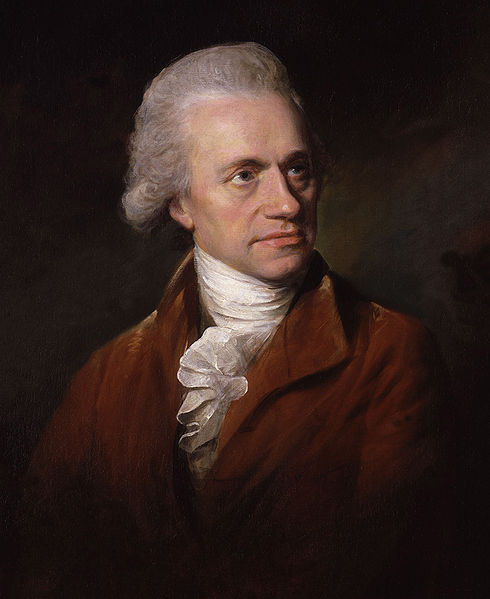
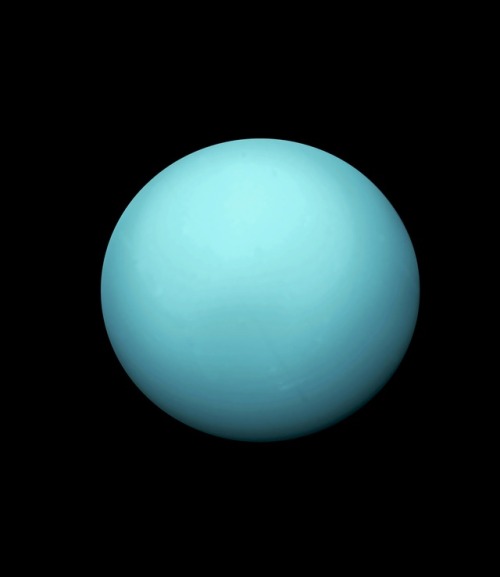
William Herschel
Frederick William Herschel, was a British astronomer and composer of German origin, and brother of fellow astronomer Caroline Herschel, with whom he worked. Born in the Electorate of Hanover, Herschel followed his father into the Military Band of Hanover, before migrating to Great Britain in 1757 at the age of nineteen.
Herschel constructed his first large telescope in 1774, after which he spent nine years carrying out sky surveys to investigate double stars. The resolving power of the Herschel telescopes revealed that the nebulae in the Messier catalogue were clusters of stars. Herschel published catalogues of nebulae in 1802 (2,500 objects) and in 1820 (5,000 objects). In the course of an observation on 13 March 1781, he realized that one celestial body he had observed was not a star, but a planet, Uranus.

This was the first planet to be discovered since antiquity and Herschel became famous overnight. As a result of this discovery, George III appointed him Court Astronomer. He was elected as a Fellow of the Royal Society and grants were provided for the construction of new telescopes.
Herschel pioneered the use of astronomical spectrophotometry as a diagnostic tool, using prisms and temperature measuring equipment to measure the wavelength distribution of stellar spectra. Other work included an improved determination of the rotation period of Mars, the discovery that the Martian polar caps vary seasonally, the discovery of Titania and Oberon (moons of Uranus) and Enceladus and Mimas (moons of Saturn). In addition, Herschel discovered infrared radiation. Herschel was made a Knight of the Royal Guelphic Order in 1816. He was the first President of the Royal Astronomical Society when it was founded in 1820. He died in August 1822, and his work was continued by his only son, John Herschel.
Animation taken from the video ‘‘The Discovery of Uranus’’
To know more about the history of William Herschel, click here.

High above Saturn
via reddit
There’s Going to Be an Outburst!
Watch the Perseid Meteor Shower at Its Peak Tonight

The last time we had an outburst, that is a meteor shower with more meteors than usual, was in 2009. This year’s Perseid meteor shower is predicted to be just as spectacular starting tonight!
Plan to stay up late tonight or set your alarm clock for the wee morning hours to see this cosmic display of “shooting stars” light up the night sky. Known for it’s fast and bright meteors, tonight’s annual Perseid meteor shower is anticipated to be one of the best meteor viewing opportunities this year.
For stargazers experiencing cloudy or light-polluted skies, a live broadcast of the Perseid meteor shower will be available via Ustream overnight tonight and tomorrow, beginning at 10 p.m. EDT.

“Forecasters are predicting a Perseid outburst this year with double normal rates on the night of Aug. 11-12,” said Bill Cooke with NASA’s Meteoroid Environments Office in Huntsville, Alabama. “Under perfect conditions, rates could soar to 200 meteors per hour.”
Every Perseid meteor is a tiny piece of the comet Swift-Tuttle, which orbits the sun every 133 years. When Earth crosses paths with Swift-Tuttle’s debris, specks of comet-stuff hit Earth’s atmosphere and disintegrate in flashes of light. These meteors are called Perseids because they seem to fly out of the constellation Perseus.
Most years, Earth might graze the edge of Swift-Tuttle’s debris stream, where there’s less activity. Occasionally, though, Jupiter’s gravity tugs the huge network of dust trails closer, and Earth plows through closer to the middle, where there’s more material.
This is predicted be one of those years!
Learn more about the Perseids!
Make sure to follow us on Tumblr for your regular dose of space.
Estudos!
Exercitando Física Matemática!!
-
 decaffeinatedengineercreation liked this · 4 months ago
decaffeinatedengineercreation liked this · 4 months ago -
 theleylinesblog reblogged this · 8 months ago
theleylinesblog reblogged this · 8 months ago -
 chortopolokh reblogged this · 1 year ago
chortopolokh reblogged this · 1 year ago -
 guy60660 liked this · 1 year ago
guy60660 liked this · 1 year ago -
 cernunnos1990 reblogged this · 1 year ago
cernunnos1990 reblogged this · 1 year ago -
 deadlycarsmell reblogged this · 1 year ago
deadlycarsmell reblogged this · 1 year ago -
 estefanyailen liked this · 1 year ago
estefanyailen liked this · 1 year ago -
 kerporehazon liked this · 1 year ago
kerporehazon liked this · 1 year ago -
 kimoray liked this · 1 year ago
kimoray liked this · 1 year ago -
 orion-is-original reblogged this · 2 years ago
orion-is-original reblogged this · 2 years ago -
 orion-is-original liked this · 2 years ago
orion-is-original liked this · 2 years ago -
 kissessinthe liked this · 2 years ago
kissessinthe liked this · 2 years ago -
 2880cjk liked this · 2 years ago
2880cjk liked this · 2 years ago -
 jjisback liked this · 2 years ago
jjisback liked this · 2 years ago -
 eternalpomegranates reblogged this · 2 years ago
eternalpomegranates reblogged this · 2 years ago -
 lawdcoolio liked this · 2 years ago
lawdcoolio liked this · 2 years ago -
 norris9966 liked this · 2 years ago
norris9966 liked this · 2 years ago -
 dipperthedestructor liked this · 3 years ago
dipperthedestructor liked this · 3 years ago -
 foreever--yooung liked this · 3 years ago
foreever--yooung liked this · 3 years ago -
 the-clash-undergr0und liked this · 3 years ago
the-clash-undergr0und liked this · 3 years ago -
 the-deb-of-night reblogged this · 3 years ago
the-deb-of-night reblogged this · 3 years ago -
 thisonesoptimistic0 liked this · 3 years ago
thisonesoptimistic0 liked this · 3 years ago -
 feltbutneversaid liked this · 3 years ago
feltbutneversaid liked this · 3 years ago -
 wizardphysics reblogged this · 3 years ago
wizardphysics reblogged this · 3 years ago


